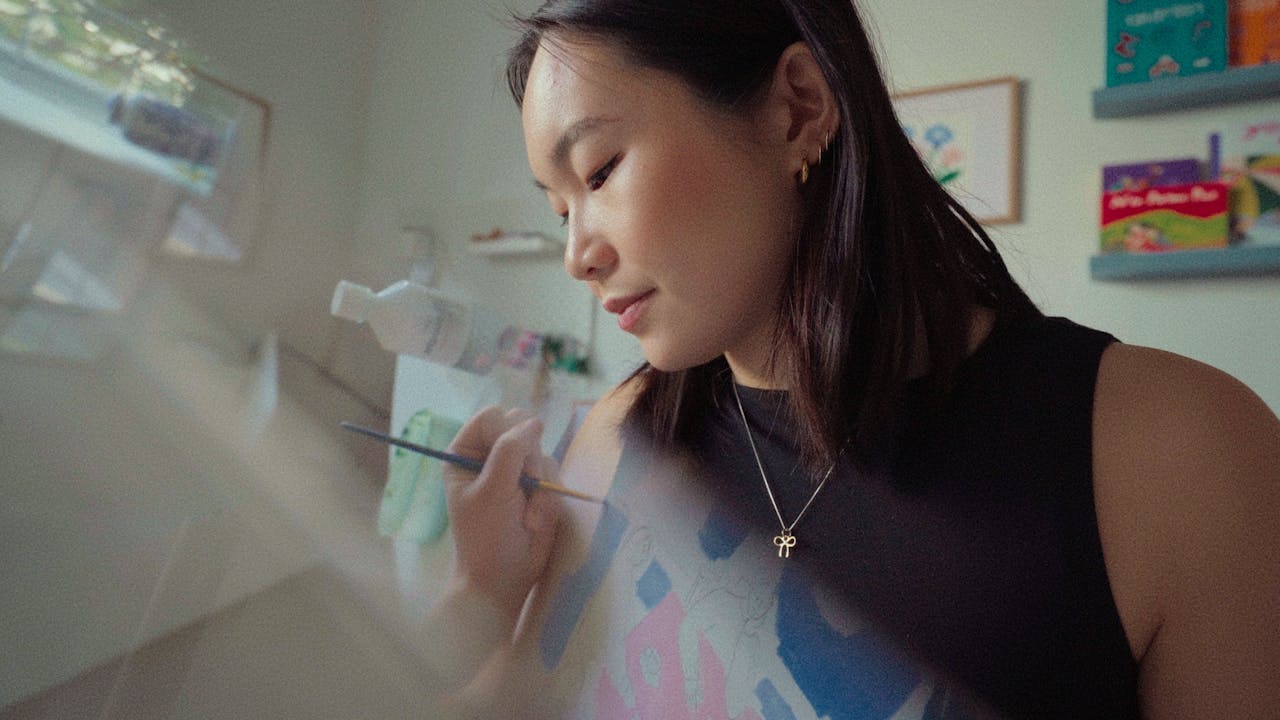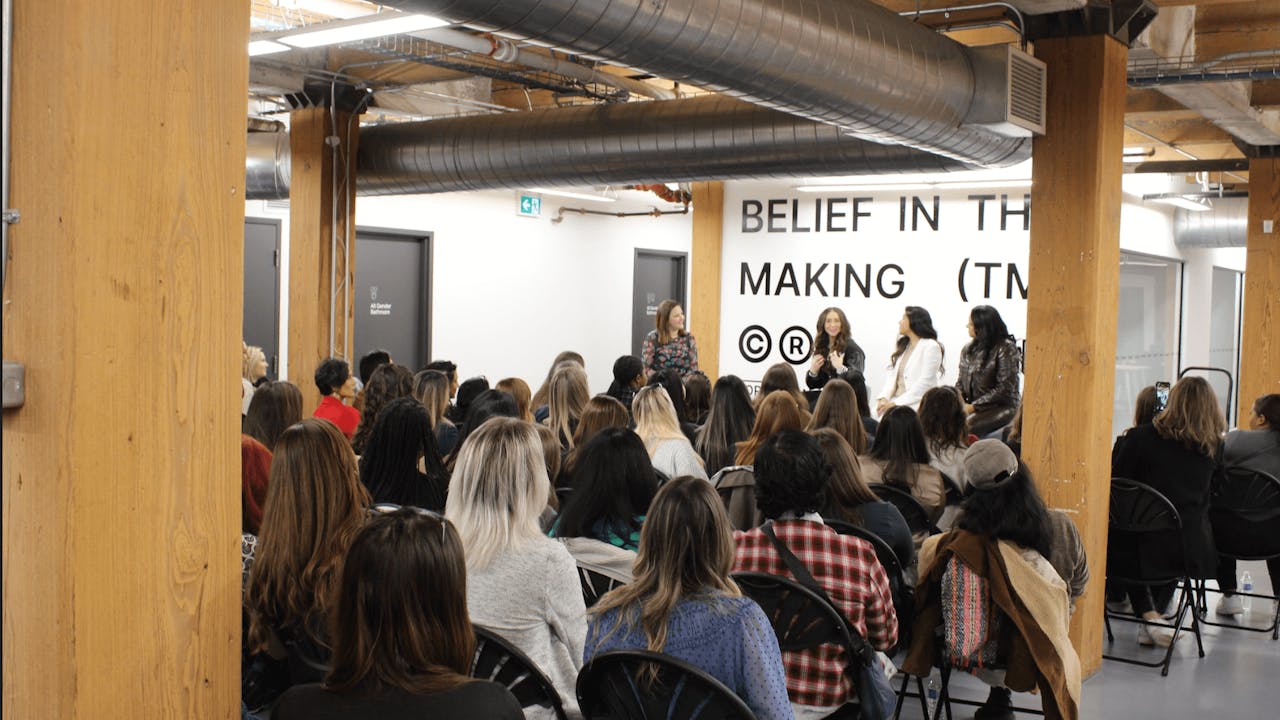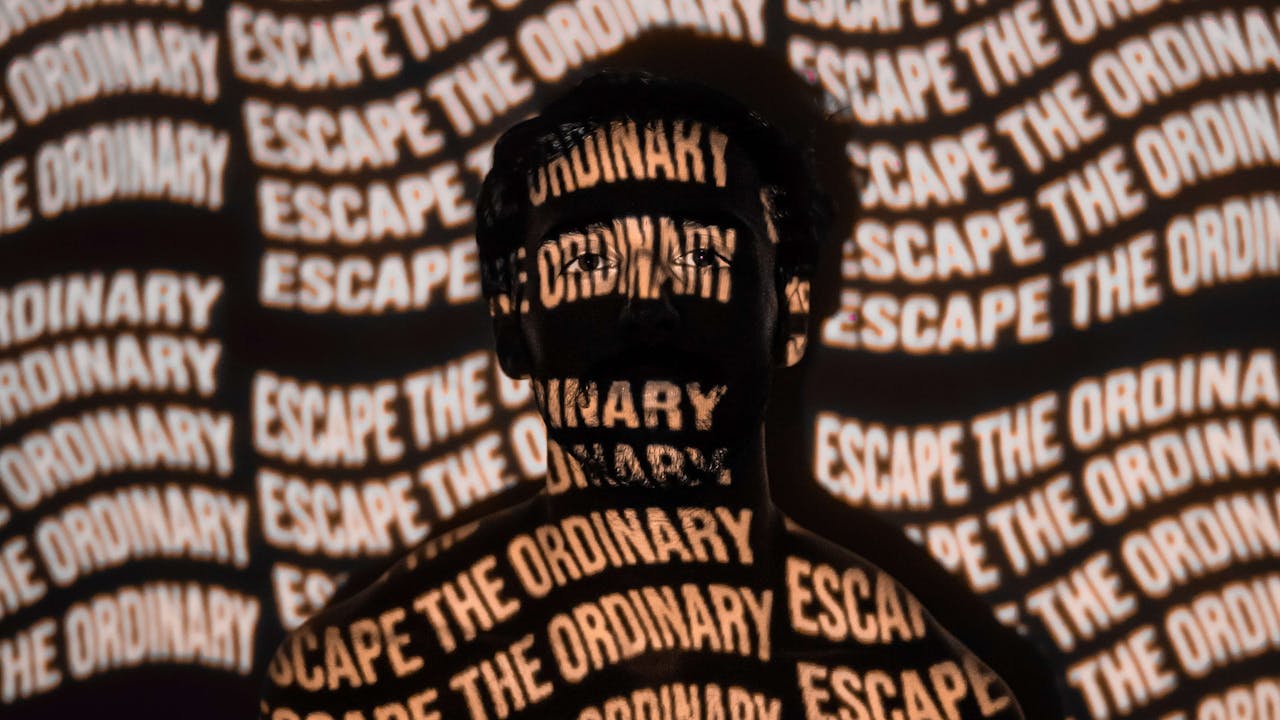
Finding Ways to Fail on a Wednesday Night
May 16, 2024
Last week, alongside Esperanza Garcia and Chrissy Preecy, I had the privilege of hosting a creative mentorship session at Thinkingbox’s Vancouver office. The initiative is called Ladies, Wine and Design and, if you’re not familiar, LW&D is founded by Jessica Walsh. It aims to empower women and non-binary creatives around the world by offering free mentorship circles, portfolio reviews, talks and creative meetups.
Did you know that only 0.1% of creative agencies are founded by women and non-binary people? The LW&D mission is to see more diversity in the creative industry, especially within leadership roles. TLDR: it’s a pretty damn good way to spend your evening.
I was honoured to be chosen as a speaker and I took the opportunity to guide the group through how I approach ambition and failure within my own career as a creative director. We spent time discussing how strange it is that the creative process mirrors the human experience…or better known as “The Emotional Cycle of Change.”
Dreaming Big
Admittedly, dreaming big for myself has never come easily. Sure, I can dream big for my clients or friends, but when it comes to myself I often get cold feet. Those who know me probably wouldn’t expect me to write that though, because I work really damn hard to make sure I don’t hold myself back. Over the years I’ve had to find techniques to push myself past the fear of failure and find ways to silence my inner critic.
A great technique I recently came across was to ask myself “If success was guaranteed…everything that you touched would turn up successful, what would you do?”. AKA if we remove failure from the conversation, how big would you dream? It’s been so helpful that I’ve started asking some of my clients the same question when we kick off a project or campaign.
Finding Ways To Fail: The Inversion Technique
I asked the group to take that dream seriously for a moment and write a keystone goal. Something that, if they succeed, would open up their dream life. Or at the very least, bring it closer to reality.
Then we attack it.
Humans are hard-wired to find problems all around us. But this too can be used to our advantage. If you’re interested in trying this out yourself, start by writing out all of the ways you can guarantee the failure of that keystone goal. Aim for ensuring 100% failure. You’d be surprised how easily you can find ways to fail. But the beautiful part of this technique is that when you invert them, you essentially create a plan of attack. Let’s say it’s your goal to become a great public speaker, a great way to ensure failure is by not watching the greats at conferences or historic speeches, by not practicing, and by not reading about techniques. By flipping those three things, I have my plan.
Self-Limiting Beliefs
One of the hardest parts of achieving our goals is our own beliefs. I’m not saying there aren’t external factors and systemic issues at play (there absolutely are), but those compound on top of your own self-limiting beliefs. The hardest part about self-limiting beliefs is that often they’re subtle. They lurk under the surface. They’re insidious. They convince you that you’re stuck with who you are today. That you’ll never be able to escape from yourself. Labels feel permanent, whereas a growth mindset can shift those feelings of permanent inadequacy to be more malleable - something you build on and grow for years to come.
This looks like: “I can’t do that because I’m not good with math”
Shifting it to: “I just haven’t learned how to tackle math problems like that yet”
The first step is to identify your own labels and then you can work on dismantling them. We did this within the group by filling in the following: “My goal will be hard to achieve because I’m a _________ person.” Try it yourself, and see what comes up.
The Creative Process and The Valley of Despair
Recently I learned about ‘The Emotional Cycle of Change’ and although it’s fascinating in its own right, what really struck me was how it parallels the creative process. What’s particularly interesting for creatives is when we get to Stage 3 or ‘The Valley of Despair’. That awful feeling at 10pm when ideas aren’t flowing and you just don’t know how you’re going to hit the 9am deadline.
Even if you’re not a creative, I’m sure you’ve been there too and it sucks. You know you’re in the thick of it when everything feels impossible and you’re desperate to escape. Procrastinating or TikTok doom-scrolling, hell, even cutting your bangs…let’s be honest, just about anything feels better than The Valley of Despair. This is exactly the moment when most people give up and quit. But what we don’t often realize is that this is what change feels like. Learning a new skill, finally overcoming a huge life problem, or pushing through a creative brief. The scale of the obstacle doesn’t matter, what does matter is that no matter how big or small it is…it doesn’t feel fun.
The problem with The Valley of Despair is that when you’re in it you often start to associate yourself with the struggle. This is when we tend to label ourselves most. For a creative, this can look like “I’m a bad writer because this article isn’t coming easy to me” (see #4 in The Creative Process graphic below). We think we’re inadequate because we’re struggling, but that couldn’t be further from the truth. We’re struggling because we’re on the verge of change.
We all know that a keystone goal hinges on maintaining consistency, but all too often we allow our feelings of inadequacy to get in the way. We get to The Valley of Despair and want to give up…and many times we do. But an awareness of those feelings, that struggle means progress, is the smoothest way through. After all, what’s the one thing getting in the way of your dream life? The key thing that will ensure failure? Giving up.
Let me tell you, it felt deeply satisfying to openly discuss these big topics with that group of women. It would have felt disingenuous to chat about it here in our office if we didn’t already have such a group of powerhouse women in leadership here. With the likes of Christine Clark, Sara Sabzehzar, Marta Hooper, Alyssa Belova, Bronwyn Davis, Alex Panousis, Michelle Buhler, Merna Girgis, Christine Quiring, and Emily McCallen (amongst others) in leadership within the Thinkingbox collective…it’s hard not to feel bolstered. Christine Clark always tells us to build our own ‘board of directors’, a trusted group of folks that you can go to when you need other perspectives on ‘the big stuff’. And I can say that it really felt like we were building the foundation of that type of community with an event like this.
Hell ya. A huge thank you to Elisha Zagerman for volunteering your evening to help me and for lending us your incredible energy. And to Ann Dinh, Romã Estevão, Merna Girgis, and Julia Pascual for joining the evening and sharing your dreams with us.



